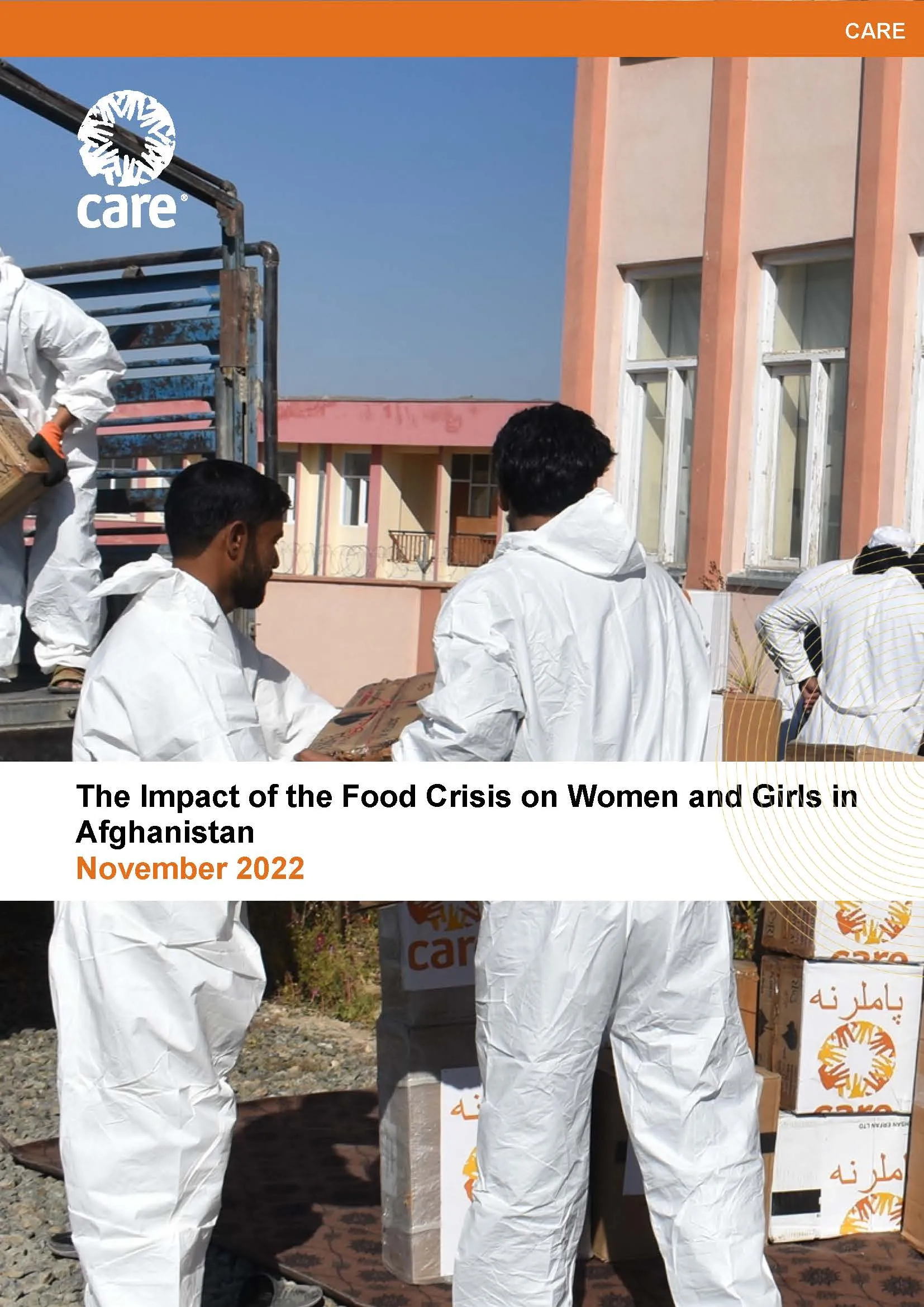About this study
Afghanistan is in the grip of one of the largest and most severe humanitarian emergencies in the world, with over half of the population requiring humanitarian assistance to survive. Approximately 18.9 million people across the country are at crisis or worse levels of acute food insecurity, with projections anticipating a deterioration in food access as a result of worsening economic conditions, climate change, and global impacts of the conflict in Ukraine.
Enduring gender inequality, compounded with recent restrictions on right to education and to work, have further impacted women and girls in their ability to access sufficient and nutritious food.
CARE conducted a study on how the food crisis in Afghanistan affects women and girls differently to better understand the gendered economic, cultural, and practical barriers to food security. This research highlights key findings on household food security, negative coping strategies women and families adopt, and shortcomings of humanitarian actors in gender-responsive aid delivery. The study is based on a comprehensive desk review of existing data since August 2021, a household survey comprising of 345 women respondents, completed in both urban and rural communities, a series of qualitative interviews with 18 women, 9 focus group discussions (FGDs) with men, and key informant interviews (KIIs) with food security specialists and humanitarian actors. The data was collected in urban and rural districts in 9 provinces in the north, west, south, and center of the country.

